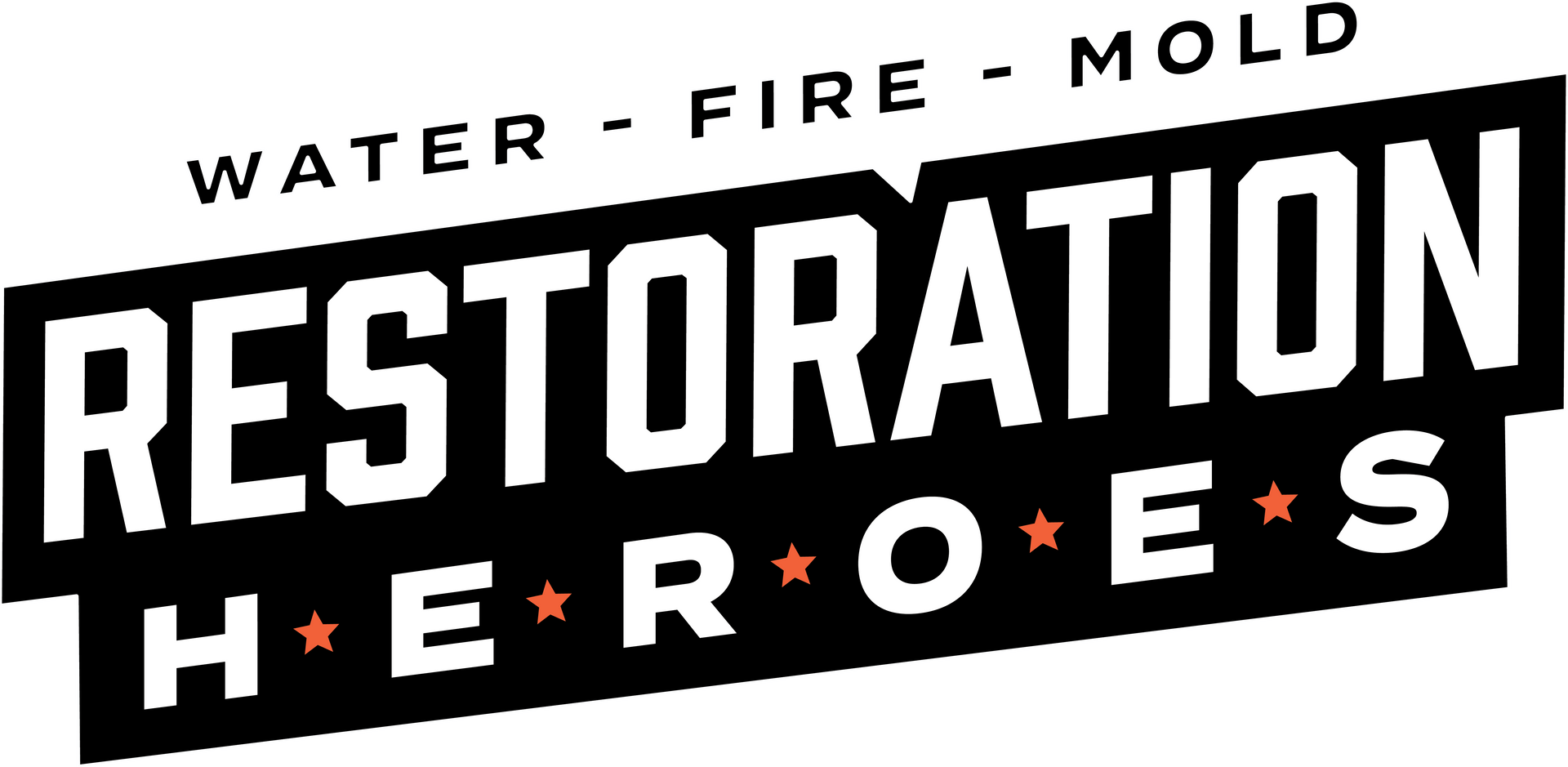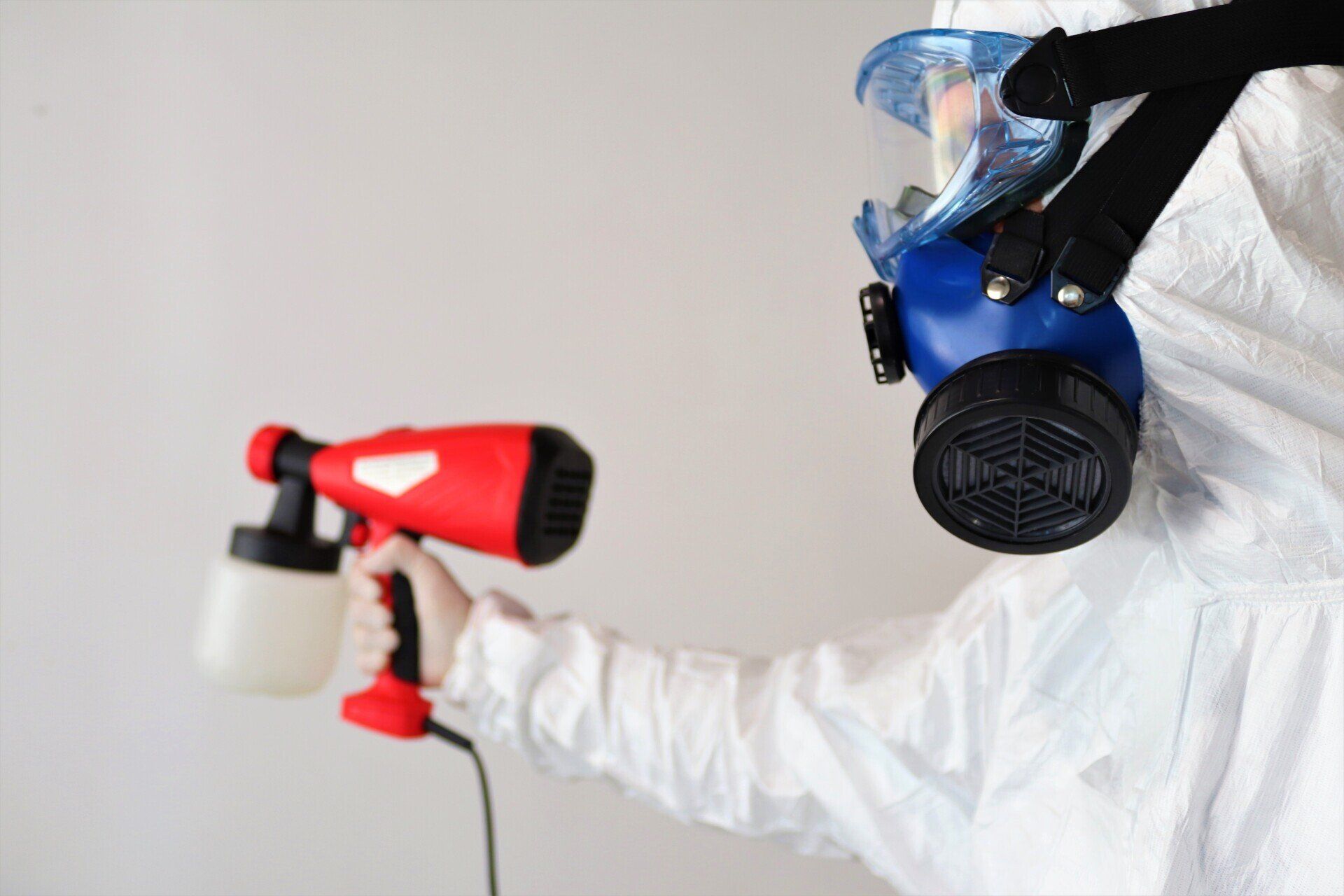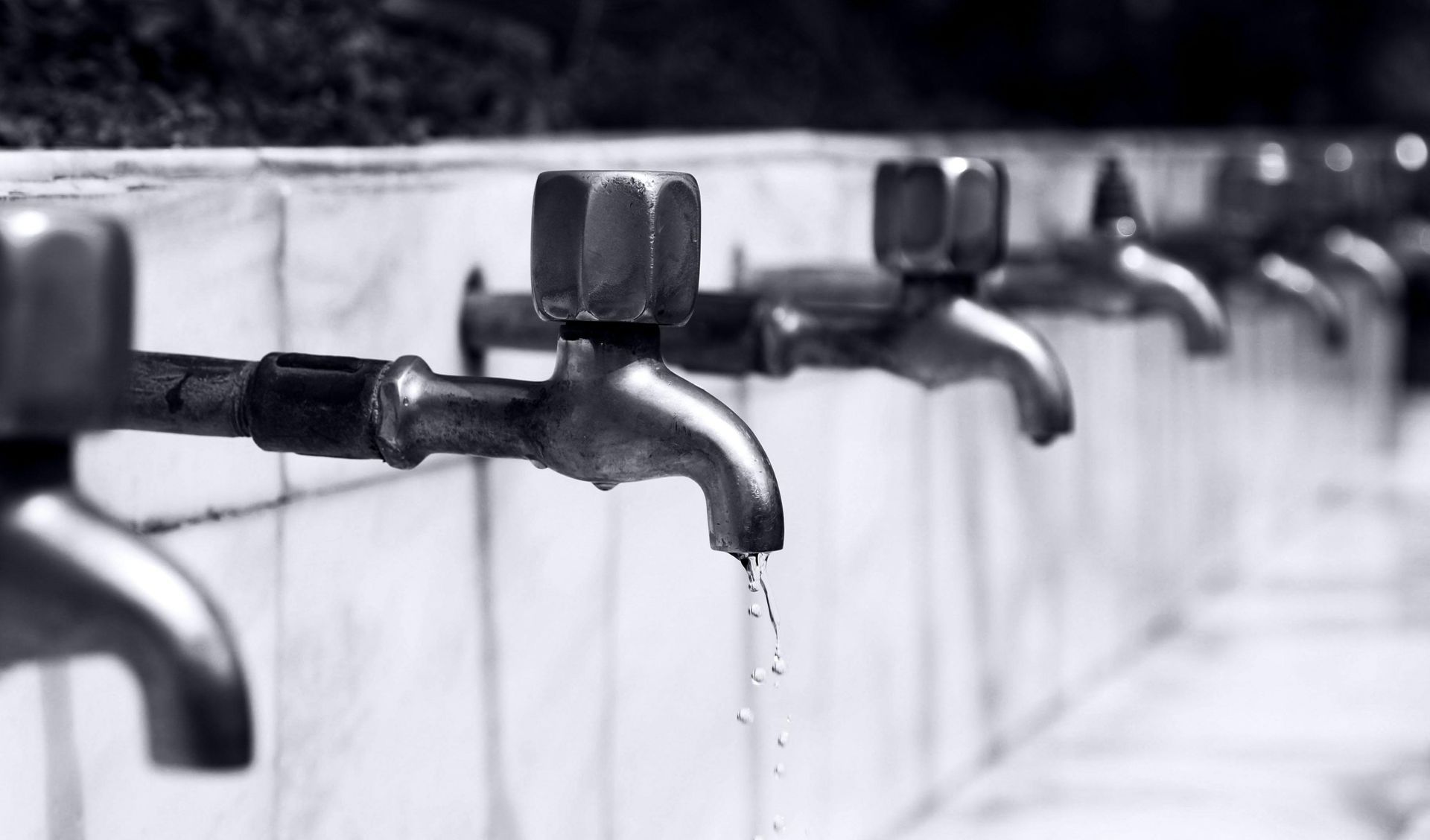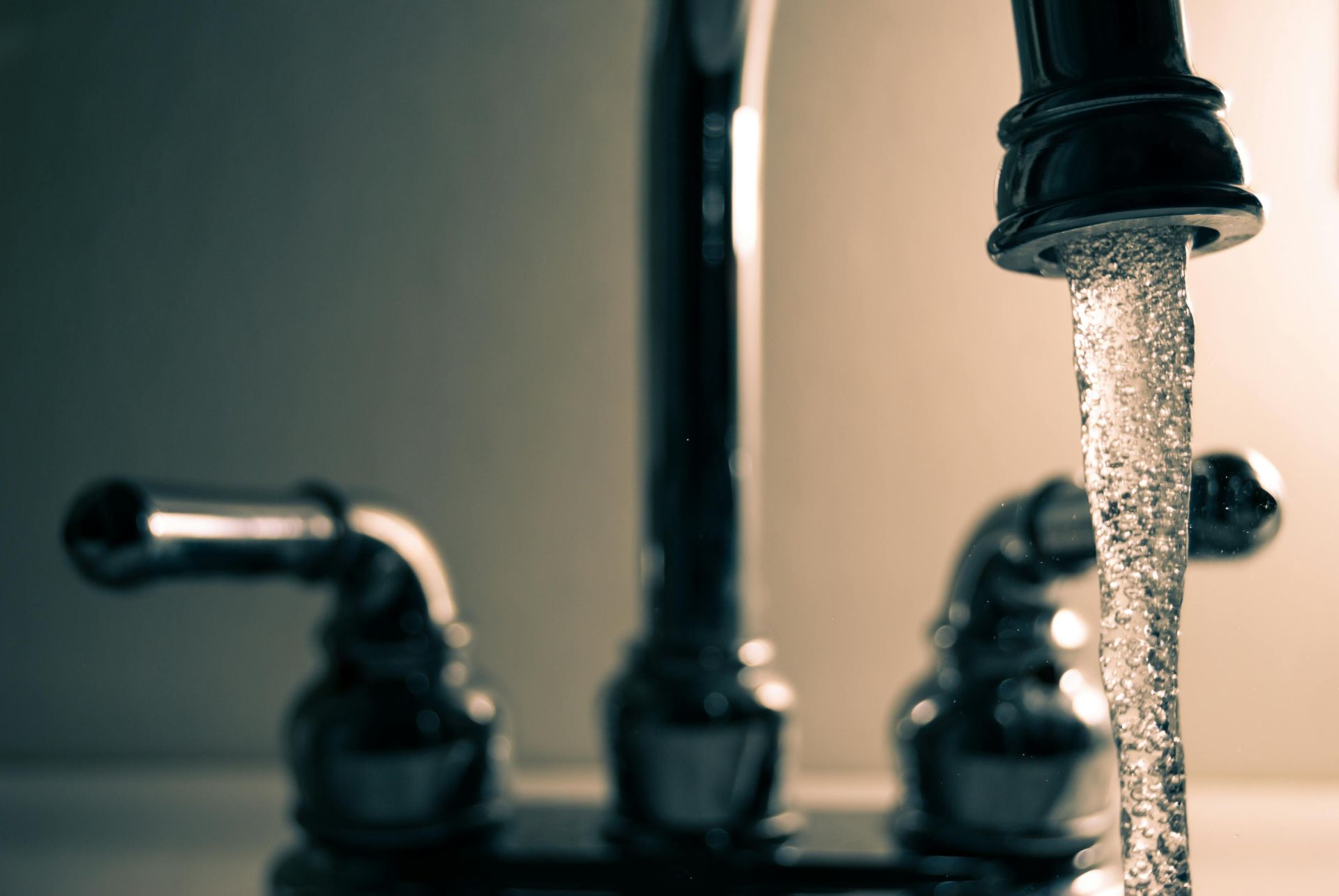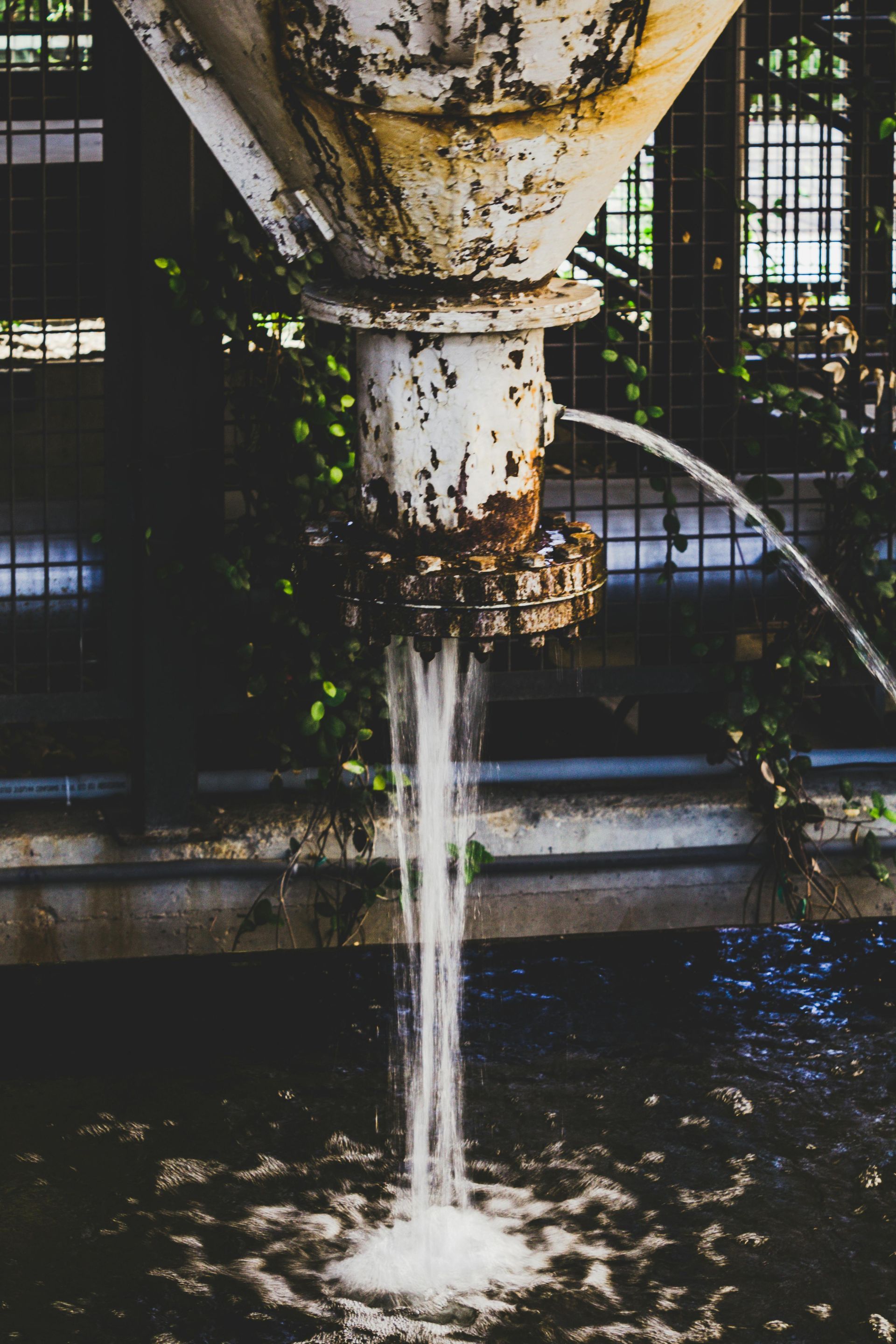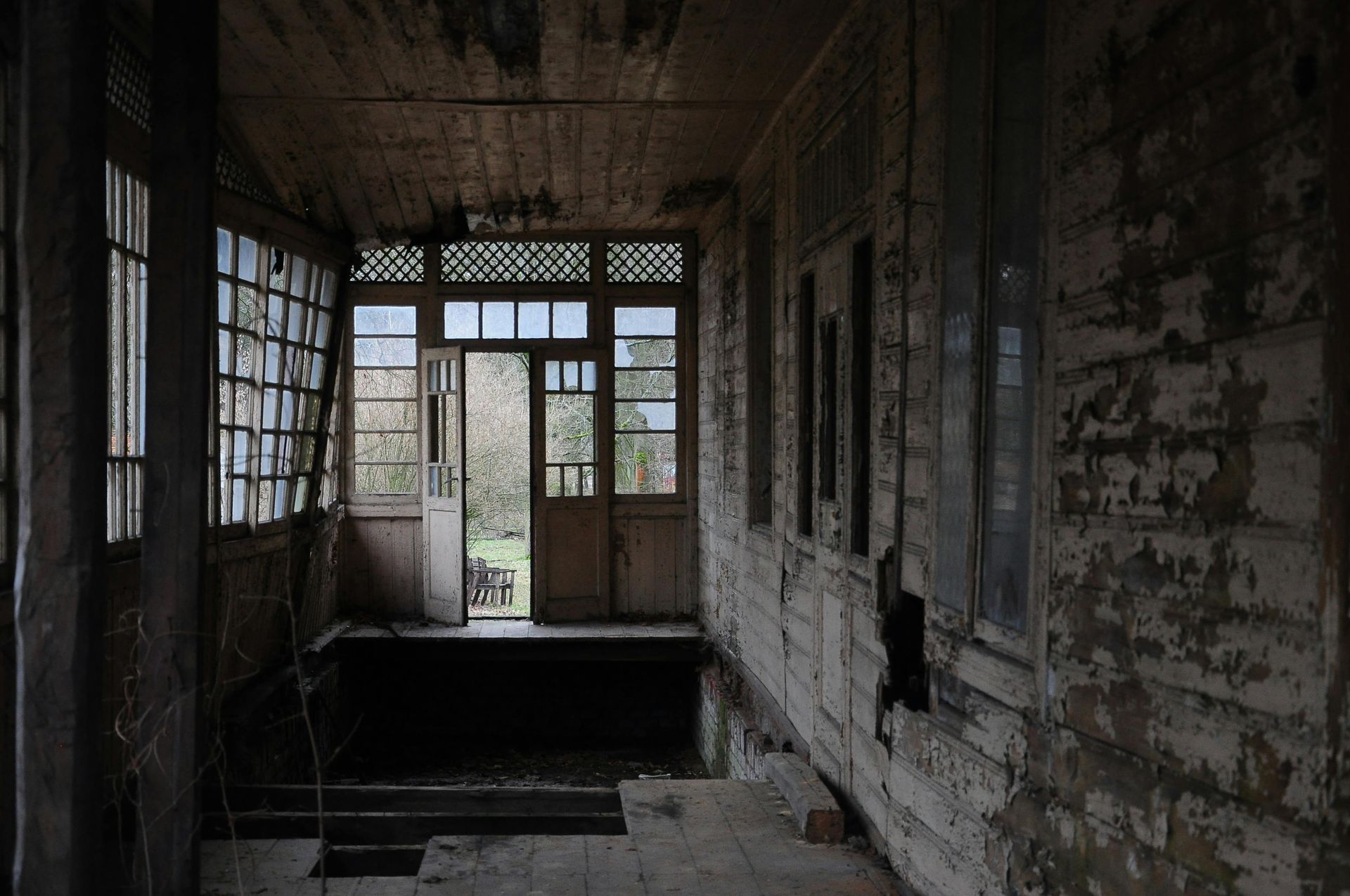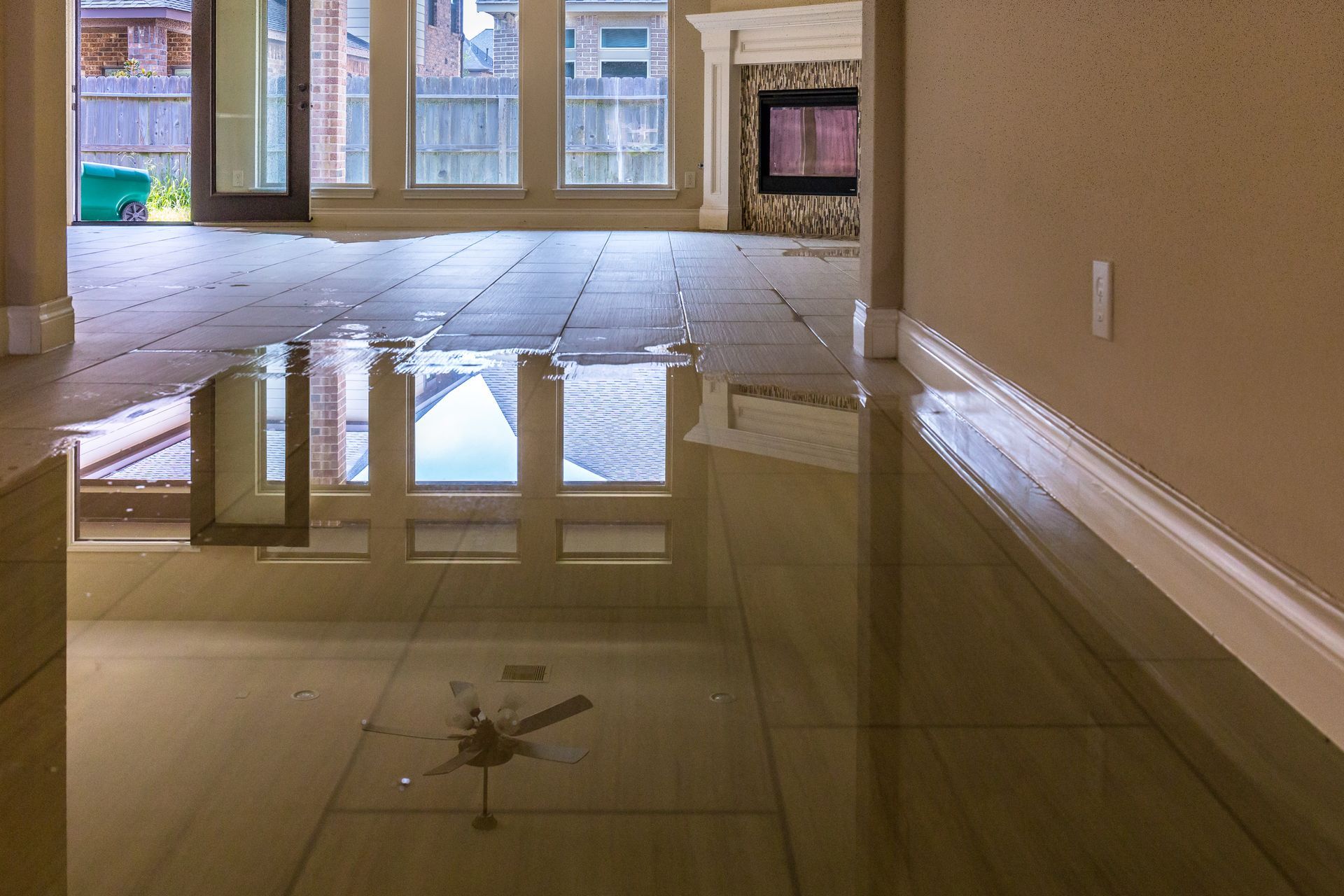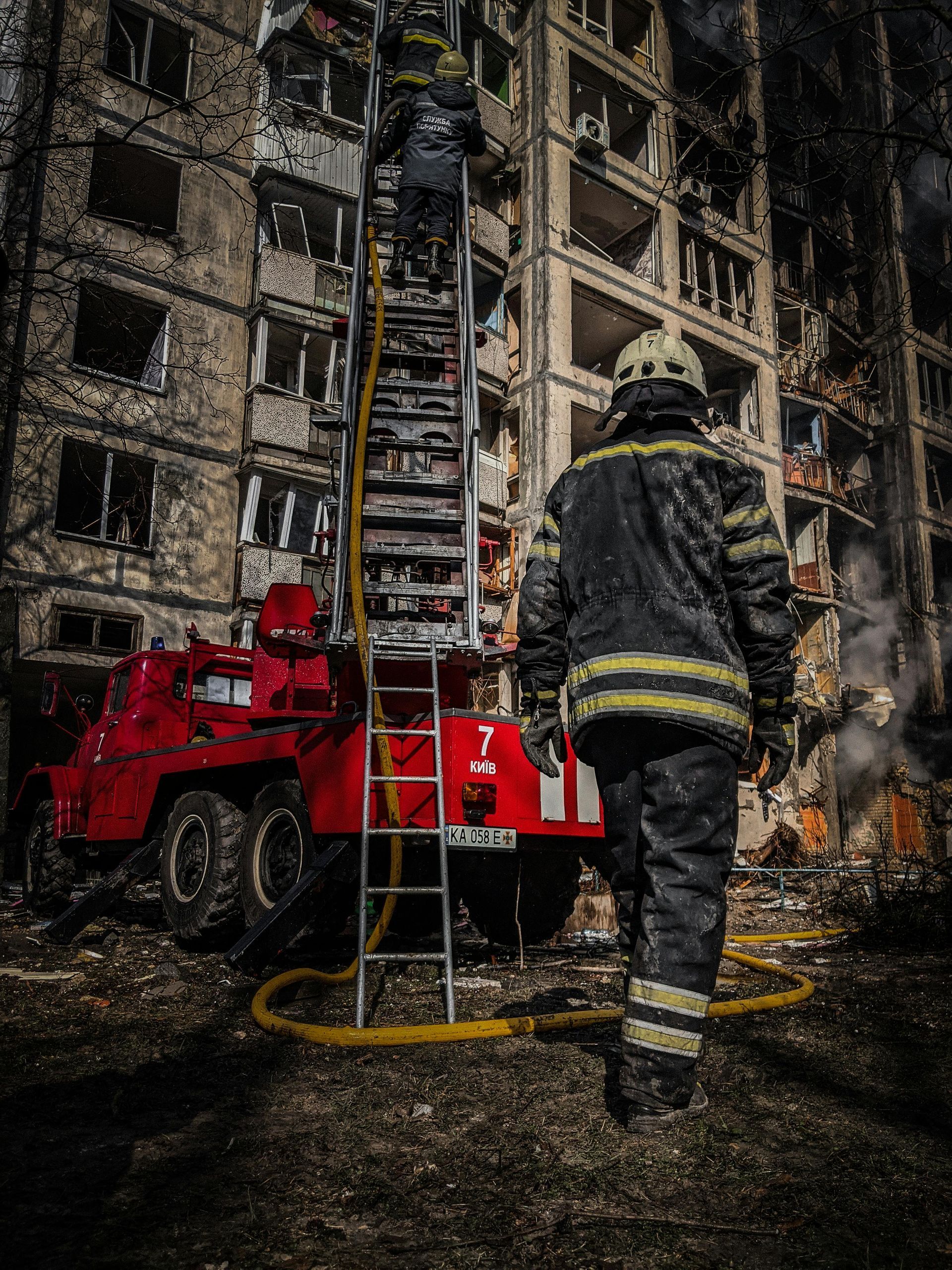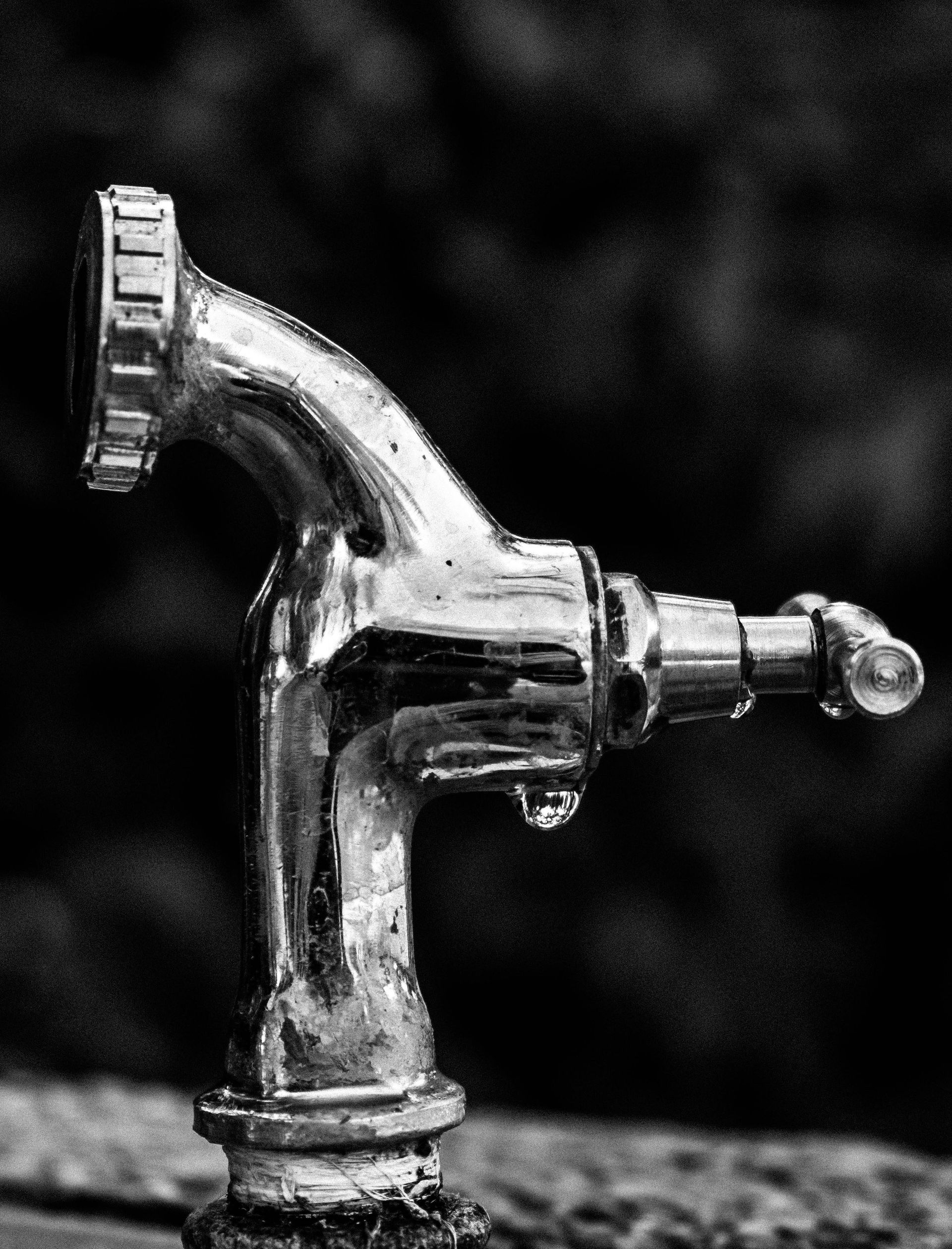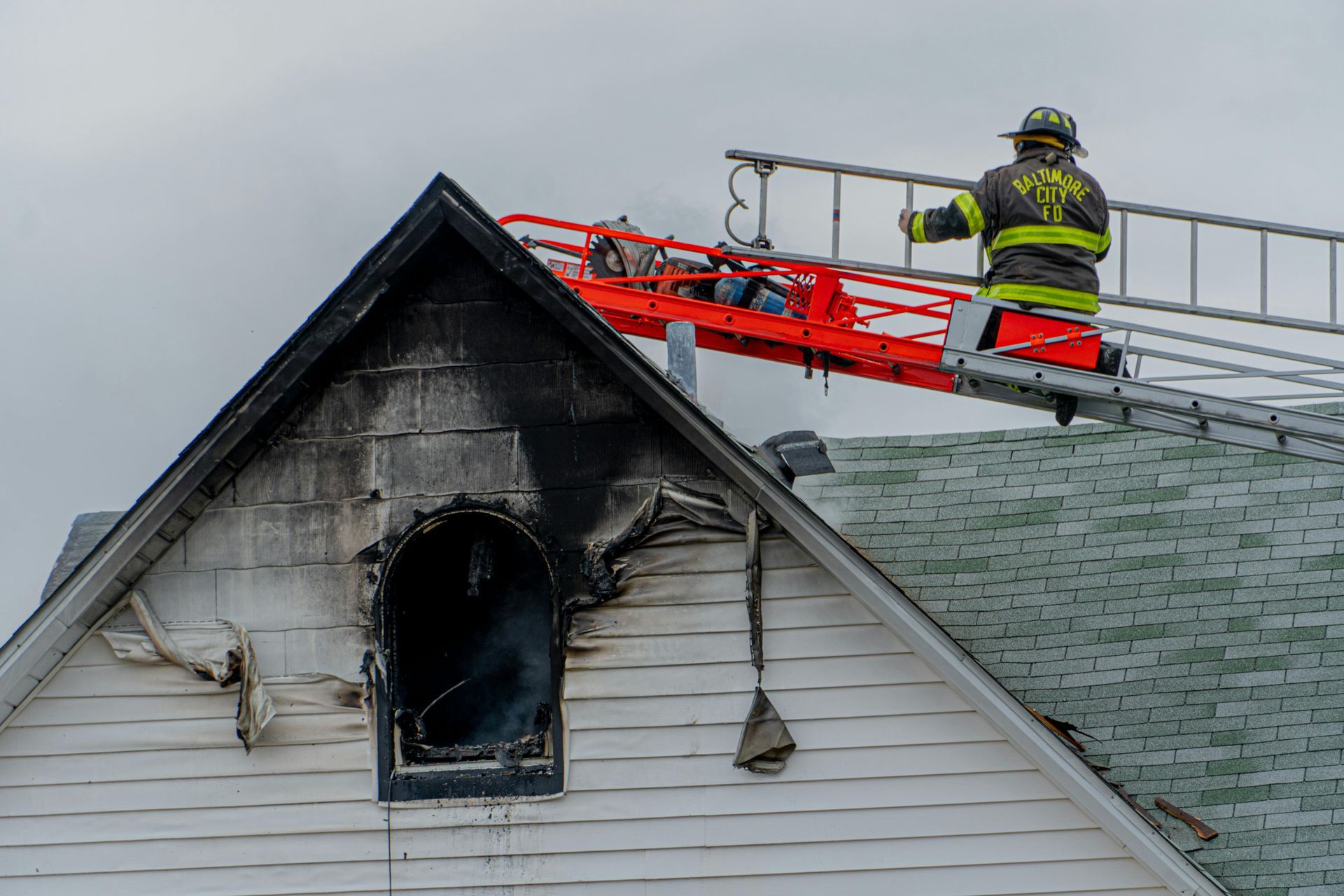The Signs You Need Professional Mold Remediation Services
Don't Ignore the Signs of Mold: When to Call in Professional Remediation Services
Mold is a silent invader that can cause significant damage to your home and health if left unchecked. Recognizing the signs of mold growth early can save you from costly repairs and potential health issues. From discolorations on your shower curtains to a musty smell indicating mildew to the surprising appearance of pink mold, these signs should not be overlooked. This article will provide you with an in-depth understanding of these signs, the symptoms of mold exposure, and when to seek professional mold remediation services. Read on to gain valuable insights on keeping your home mold-free and maintaining a healthy living environment.
Visible Mold Growth
Visible mold growth is a clear and unmistakable sign of a mold problem in your home. Such growth can come in various colors, including black, green, or white, and is often found in damp, humid areas of the house like basements, bathrooms, and kitchens.
Black mold, scientifically known as Stachybotrys chartarum, is typically black or dark green and has a slimy texture. It is often found in areas that are continuously damp, like leaky pipes. Green mold, on the other hand, can be several species of mold, each with its preferred growing conditions. White mold is harder to identify due to its color, as it's sometimes mistaken for efflorescence, a mineral deposit caused by water seepage.
Recognizing these types of mold growth is crucial to maintaining a healthy living environment. Signs of visible mold growth include discoloration and stains on your walls, ceilings, or floors. In some cases, the mold may appear fuzzy, slimy, or even cottony in texture. Be especially vigilant in monitoring places prone to dampness, such as under shower curtains, where pink mold and mildew often form.
While these molds might seem harmless, they can pose serious health risks if not addressed promptly. Symptoms of mold exposure range from minor irritations like sneezing, coughing, and skin rash to more severe respiratory problems. Prolonged exposure to certain types of mold, like black mold, can lead to serious health complications, including chronic lung diseases.
Therefore, at the first signs of mold, it's critical to seek the help of professional mold remediation services. These experts can accurately diagnose the extent of the problem, safely remove the mold, and provide solutions to prevent future mold growth. Remember, visible mold growth is more than an aesthetic issue—it's a potential health hazard that needs your immediate attention.
Musty Odors
Musty odors are one of the most noticeable and significant signs of hidden mold growth in your home. Often dismissed as just 'old house smell,' these odors can indicate a much more serious issue. They typically manifest themselves as damp, earthy, or stale smells that are particularly potent in areas prone to high humidity or poor ventilation, such as basements, bathrooms, and attics.
Mold spores release microbial volatile organic compounds (MVOCs) as they grow and metabolize. These compounds are responsible for the characteristic musty odor associated with mold. Therefore, if you notice an unexplained persistent smell in your home, especially in damp and less ventilated areas, it could be a sign of hidden mold. The smell might be stronger in certain areas, directing you toward the potential source of the problem.
It's crucial to understand that musty odors aren't just unpleasant—they can also pose health risks. Prolonged exposure to MVOCs can cause a variety of mold symptoms. These may include headaches, dizziness, nausea, and fatigue. In more severe cases, they can exacerbate existing respiratory conditions like asthma or lead to the development of hypersensitivity pneumonitis, a type of lung inflammation.
Moreover, musty odors usually signify hidden mold growth, which can be even more dangerous than visible mold. Hidden mold can infiltrate porous materials in your home, causing structural damage over time. It can also spread unseen throughout a property, leading to widespread contamination and more serious health risks.
Therefore, it's essential to address musty odors promptly. If air fresheners or dehumidifiers don't eliminate the smell, it's time to call in the professionals. Mold remediation services have the necessary equipment and expertise to detect hidden mold. They can perform thorough inspections, accurately identify the source of the odor, assess the extent of the mold growth, and carry out safe, effective mold removal.
Never underestimate the importance of musty odors as a sign of mold in your home. They are not merely a nuisance but a call to action. Addressing these issues promptly with professional mold remediation services can safeguard the structural integrity of your home and, more importantly, the health of you and your loved ones.
Water Damage
Water damage is a significant contributor to mold growth in homes, providing the perfect environment for spores to propagate. Instances of water damage, including leaks, floods, or high humidity, can introduce excessive moisture into your home's structure, leading to the flourishing of mold colonies.
Leaks, whether from plumbing systems or roofs, can gradually saturate building materials, creating damp areas that promote mold growth. Floods, on the other hand, create immediate and extensive water damage, often leaving behind significant mold issues as the water recedes. High humidity can also encourage mold growth, especially in poorly ventilated areas such as basements, bathrooms, or kitchens.
Recognizing water damage is pivotal to preventing further mold propagation. Signs of water damage include discoloration or stains on walls, ceilings, or floors; these are often yellowish or brownish in color. Peeling paint or wallpaper is another clear indication, revealing trapped moisture within the walls. Similarly, warped or buckled surfaces, such as floorboards, indicate sustained water damage. Other subtle signs include a persistent musty odor or a sudden increase in your water bill, both of which could point to hidden leaks.
Water damage doesn't just create an environment conducive to mold growth; it can also contain microorganisms that directly pose health risks. Water from leaks or floods can contain bacteria, viruses, or parasites, which may lead to illnesses if not addressed promptly. Unresolved water damage can also cause structural damage to your home, leading to expensive repairs.
Moreover, the mold that grows due to water damage can have serious health implications. As discussed earlier, exposure to mold can cause symptoms ranging from minor allergic reactions to severe respiratory issues. Therefore, it's of utmost importance to address water damage promptly to prevent further mold growth and associated health risks.
At the first signs of water damage, it's crucial to seek the help of professional mold remediation services. These experts will not only repair the water damage but also ensure that any resultant mold is safely removed. They also provide solutions to prevent future mold growth, such as improving ventilation, repairing leaks, and advising on effective moisture management.
Water damage is a potent precursor to mold growth in your home. It's vital to recognize its signs early and address them promptly with professional help to safeguard your home and health.
Allergic Reactions
Allergic reactions are a common response to mold exposure and may serve as an early warning sign of mold growth in your home. These reactions occur when the immune system becomes hypersensitive to mold spores present in the environment, treating them as a threat and triggering an immune response.
Upon exposure to mold, individuals who are allergic may experience a range of symptoms. Sneezing is frequently one of the first signs, often accompanied by a runny or stuffy nose. Coughing and wheezing may also occur, signaling that the respiratory system is affected. Furthermore, itchy or watery eyes, as well as redness or skin rashes, may indicate a mold allergy.
Understanding these symptoms is crucial for early detection of mold growth. However, bear in mind that they can be easily mistaken for common allergies or colds, so the persistence and timing of these signs are key. If these symptoms are more prominent when at home and improve when away, it could be a strong indicator of mold growth within your home.
The health risks of allergic reactions extend beyond discomfort. For asthmatics or individuals with compromised immune systems, exposure to mold can provoke more severe reactions, including shortness of breath, chest tightness, or even asthma attacks. Mold can also trigger allergic fungal sinusitis, a condition characterized by inflammation of the nasal sinuses. When left unchecked, these reactions can significantly impact one's health and quality of life.
Addressing allergic reactions promptly with professional mold remediation services is therefore imperative. These experts can identify and eliminate the source of mold, preventing further exposure and health risks. Furthermore, they can provide advice on preventing future mold growth, such as maintaining appropriate indoor humidity levels and ensuring adequate ventilation.
Allergic reactions are not just a nuisance but a key indicator of mold growth in your home. Recognizing these symptoms early and seeking professional help can prevent further health risks and maintain the safety and comfort of your living environment.
Discoloration and Stains
Discoloration and stains on your home's surfaces are often telltale signs of mold growth. Mold colonies commonly manifest as green or black stains on walls or ceilings. However, mold can occur in a variety of colors, including white, orange, and pink. It's also crucial to monitor shower curtains, as they provide an ideal environment for the growth of pink mold, a type of bacteria often mistaken for mold due to its appearance and similar growth conditions.
Recognizing discoloration and stains is key to early mold detection. Dark spots, streaks, or patches on your home's surfaces are typical signs to watch out for. These marks are often irregular in shape and may progressively grow in size, indicating the spread of mold colonies. It's particularly important to monitor areas prone to moisture, such as bathrooms, basements, or kitchens, as these locations are especially conducive to mold growth.
Mold discoloration and stains are more than just unsightly. They pose significant health risks, especially when they're the result of toxic black mold. These molds produce mycotoxins, which can cause symptoms of mold exposure such as sneezing, coughing, dermatitis, and, in severe cases, neurological problems or immunosuppression. Long-term exposure to these molds can lead to chronic health conditions.
The presence of discoloration and stains is a clear indicator that mold remediation is necessary. It's important to note that simply cleaning the visible stain might not address the root of the problem, as mold might have penetrated beneath the surface. A professional mold remediation service can accurately identify the type of mold, safely remove it, and prevent its recurrence. They can also provide advice on moisture management and proper ventilation, reducing the risk of future mold growth.
Discoloration and stains in your home should never be ignored. Recognizing these signs and acting promptly with the help of professionals can effectively address mold problems, ensuring a safe and healthy living environment for you and your loved ones.
Book Mold Remediation Services Today!
Don't let mold compromise your health and home. Restore safety and cleanliness with Restoration Heroes, your trusted experts in professional mold remediation. Our team is equipped with advanced technology and extensive experience to help you tackle mold effectively and efficiently. We don't just eliminate mold - we help you create a mold-resistant environment. Don't delay. Every moment counts when dealing with mold. Protect yourself and your loved ones today. Call us at Restoration Heroes, and let's conquer mold together.
